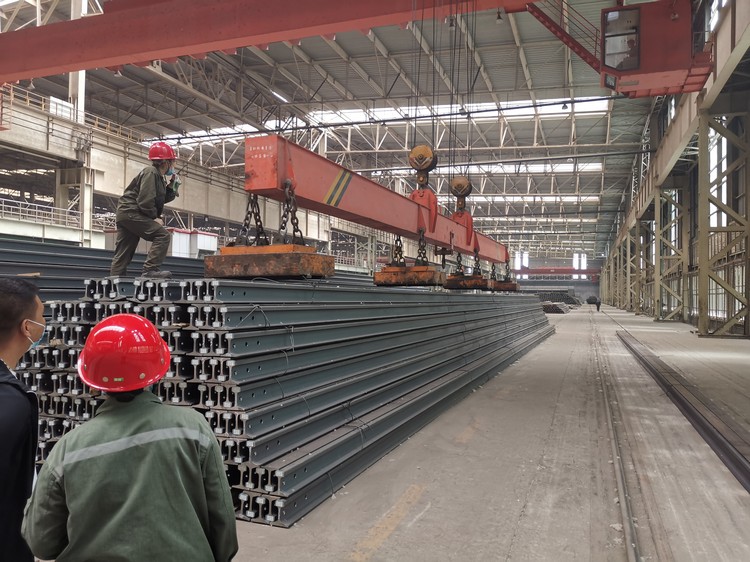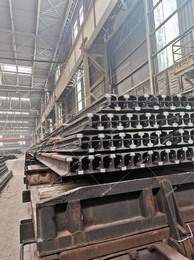
The peeling near the fillet on the working edge of the steel rail head is mainly caused by the following three reasons: the peeling is caused by the longitudinal fatigue crack caused by the inclusion or the contact shear stress; the shear stress alternating cycle caused by the guide wheel on the curved outer steel rail promotes the rail Fatigue of the outer steel rail head leads to peeling; poor maintenance of wheels and steel rail accelerates the development of peeling. Usually peeling will cause stress concentration in the notch area and affect the ride comfort, increase the dynamic impact, and promote the generation and development of cracks in the notch area. The existence of the notch area will also hinder the development of metal plastic deformation and reduce the plastic index of the steel rail.
The nuclear injury of the steel rail head is the most dangerous form of damage. It will break suddenly under the action of the train, which will seriously affect the driving safety. The main reason for the nuclear damage of the steel rail head is the existence of tiny cracks or defects (such as non-metallic inclusions and white spots) inside the steel rail head. The complex stress combination causes small cracks to nucleate first, and then develop around the steel rail head, until the steel around the nucleation is not enough to provide enough resistance, and the steel rail breaks suddenly under the condition of a milli-yuan omen. Therefore, the defect of the internal material of the steel rail is the internal cause of nuclear damage, and the effect of external load is the external cause, which promotes the development of nuclear damage. The development of nuclear damage is related to the transportation capacity, axle load and speed, and the state of the line plane. In order to ensure the safety of driving, the steel rail should be inspected regularly.
Measures to slow down the contact fatigue damage of steel rail include: purifying rail steel and controlling the shape of debris; adopting quenched rail, developing high-quality steel rail, and improving the mechanical properties of rail; reforming the old rail reuse system and using steel rail rationally; rail grinding; steel rail material classification, track laying, etc.

